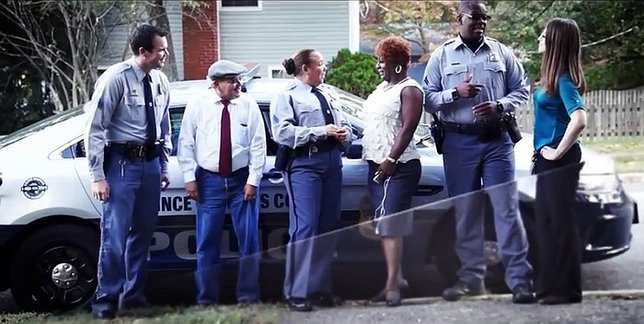Washington, DC - August 25, 2016 - The Justice Department’s Community Relations Service (CRS) today released a new training video for law enforcement which provides information, tools and techniques to help ensure that interactions with members of the transgender community are respectful, professional and safe for all involved.
The training uses three non-emergency and non-crisis situations to discuss ways for police officers to effectively and politely interact with transgender individuals. In promoting best practices, the video defines three important terms: assigned sex, sexual orientation and gender identity.
As the training outlines, understanding the terminology and the major issues facing the transgender community can help rebuild trust and ensure that encounters are safe for all parties. The video also emphasizes the importance of distinguishing between a threat and a stereotype, and notes that individuals who feel disrespected are less likely to have faith in or cooperate with law enforcement.
“Transgender Americans, like all Americans, deserve to be treated with courtesy and respect by law enforcement officers,” said Acting Director Paul Monteiro of CRS. “The information provided in this video will help strengthen the relationship between police and the transgender community, allowing for more effective investigations and safer encounters for officers and citizens alike.”
The training stresses that officers should keep their questions relevant to the contact and remain courteous throughout the encounter. In one of the examples, the video demonstrates an officer laughing and using an inappropriate pronoun to address a transgender individual who appears to be the victim of a crime and the officer’s partner pulls him aside to correct his behavior. Afterwards, the offending officer apologizes for his prior conduct and approaches the rest of the interview with the necessary respect and professionalism. This illustration not only highlights how officers should act with members of the transgender community, but also addresses the need for officers to say something to their peers when they see problematic behavior.
CRS was established under Title X of the Civil Rights Act of 1964 to resolve “disputes, disagreements or difficulties relating to discriminatory practices based on race, color or national origin.” It is not an investigatory or prosecutorial agency, and it does not have any law enforcement authority. Rather, CRS works with all parties, including state and local governments, private and public organizations, civil rights groups and local community leaders to uncover the underlying interests of all of those involved in the conflict and facilitate solutions to the community's challenges. In addition, CRS assists communities in developing local mechanisms and community capacity to prevent tension and violent hate crimes from occurring in the future. CRS works in all 50 states and the U.S. territories, and in communities large and small, rural, urban and suburban.










